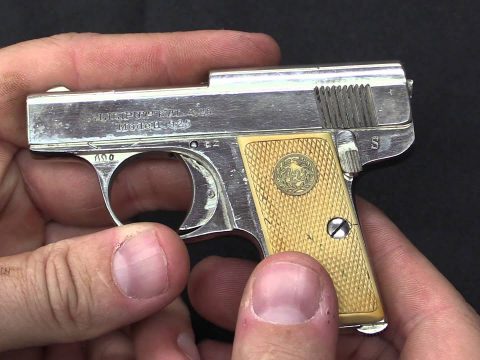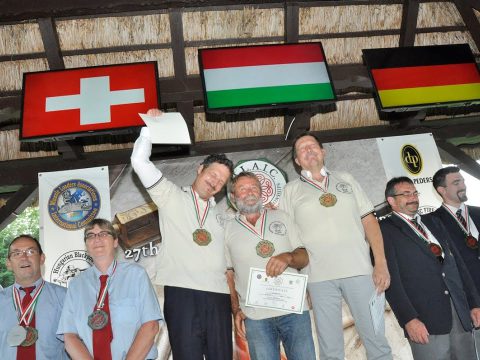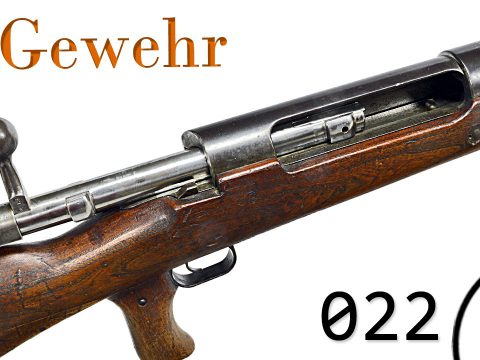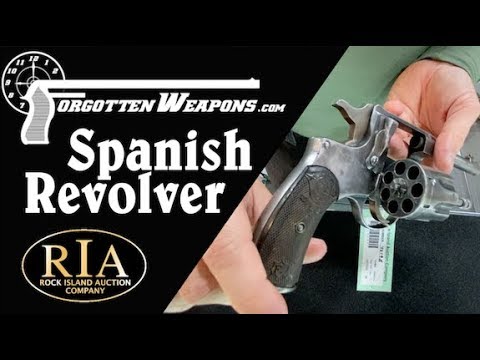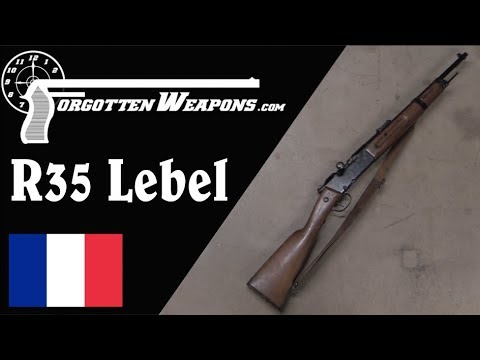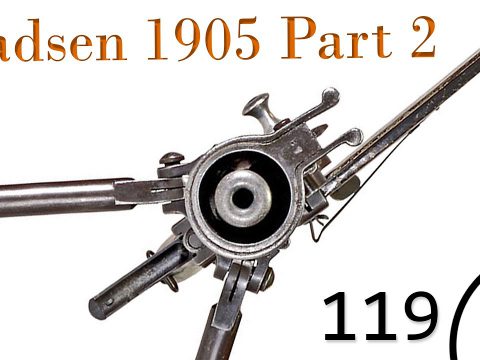http://www.patreon.com/ForgottenWeapons
https://www.floatplane.com/channel/ForgottenWeapons/home
Cool Forgotten Weapons merch! http://shop.bbtv.com/collections/forgotten-weapons
This is a rifle I have not been able to find any specific documentation about or even reference to – but we can tell what it it, and that’s a very interesting story. The rifle is mechanically a Schlegelmilch design, from Louis Schlegelmilch of the Spandau Arsenal in Germany. An earlier 1896 pattens of this rifle was tested by the German military, but rejected in favor of the Model 1898 Mauser. A small number or trials examples were made, along with a few sporting rifles using the system – and apparently a handful or carbines for the Emir of Afghanistan to consider.
The Schlegelmilch action has two front locking lugs, but uses a receiver design totally different than the Mauser. The locking recesses are machined directly into the end of the barrel, and so the receiver does not need to withstand any pressure upon firing. The receiver is a flat and easily machined part, to which the barrel is dovetailed. The bolt has a distinctive integral dust cover. The German trials Schlegelmilches used Mauser-type magazines with stripper clip guides, where this example fits a Gewehr 88 pattern of Mannlicher clip (and appears to be chambered for 8mm Mauser). This example also has no manual safety, where the German ones have a Mauser-style flag safety on the rear of the striker.
This carbine is marked with the crest of the Kabul Arsenal, which was applied to both arms made there and also ones acquired from abroad and inspected/accepted at Kabul. Many of the parts are serial number 24 in Dari, and the receiver is dated 1321, which converts to 1903 (possibly 1904) in the Gregorian calendar. This carbine shares many general features with the Steyr 1890 carbines, which we know the Emir purchased a small quantity of in 1899.
It seems fairly clear that this Schlegelmilch is one of just a few that were sent to Afghanistan by the Spandau Arsenal in hopes that the Emir would decide to purchase them – but he opted not to. It is the only example of its kind I have ever seen, and I would be very interested to hear about any other examples that may survive.
Thanks to the owner for loaning it to me, and also to Miles Vining, Vernon Easley, and Nic Jenzen-Jones for assistance in trying to track down its history!
Contact:
Forgotten Weapons
6281 N. Oracle #36270
Tucson, AZ 85740
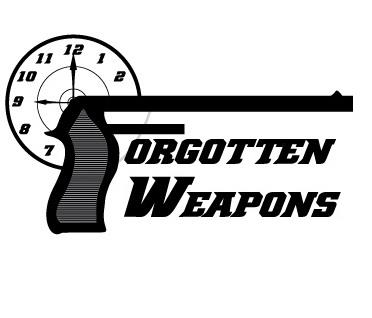
At Forgotten Weapons I think the most interesting guns out there are the most obscure ones. I try to search out experimental and prototype weapons and show you how they work, in addition to more conventional guns that you may not have heard of before. You’re much more likely to find a video on the Cei Rigotti or Webley-Fosbery here than an AR or Glock. So, do you want to learn about something new today? Then stick around!
